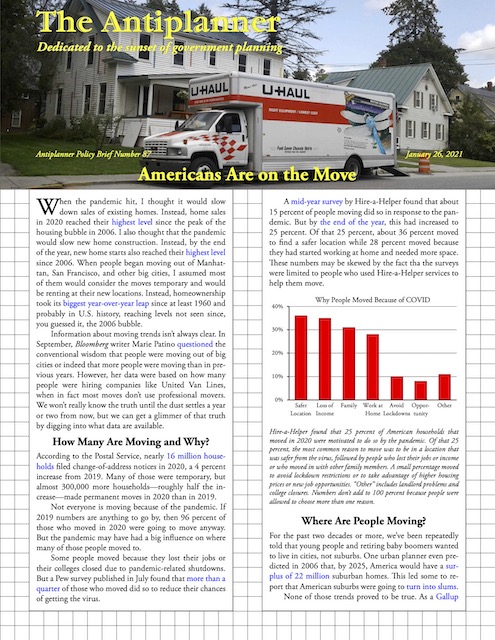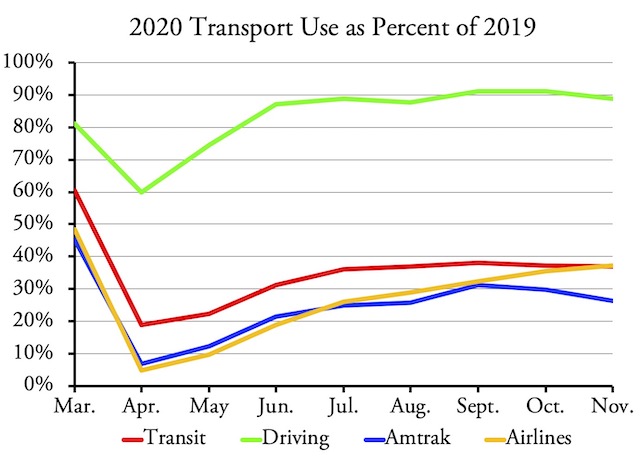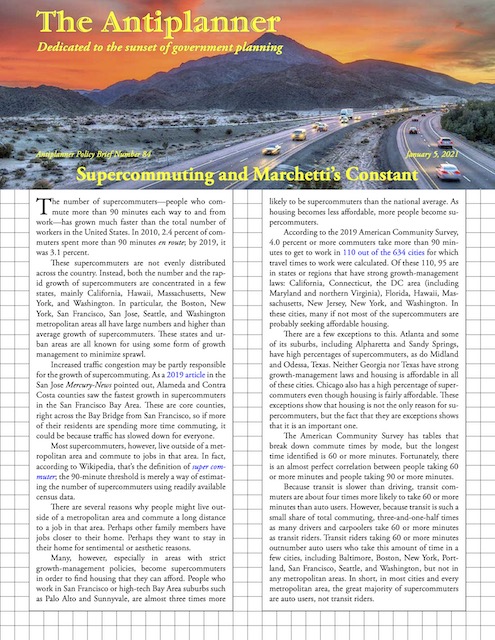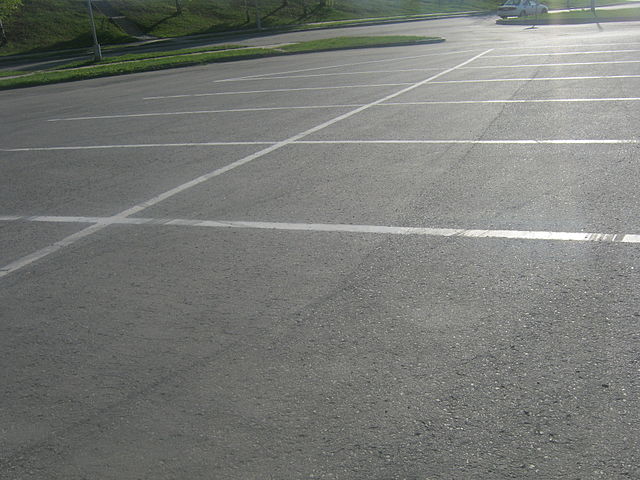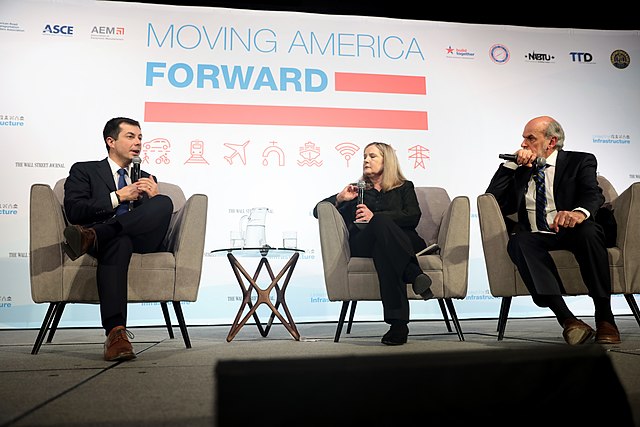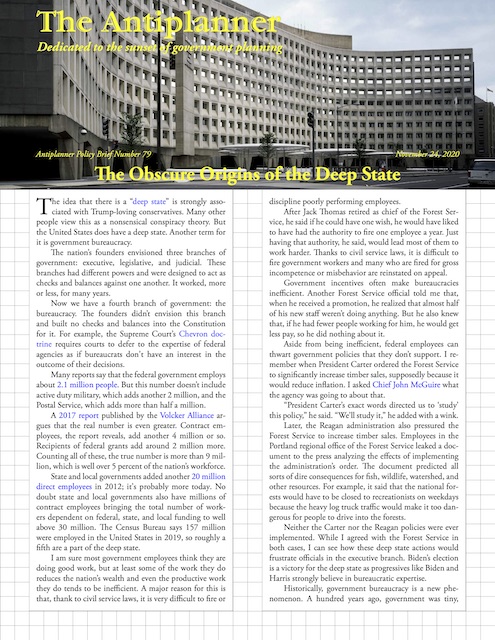Americans drove more miles in 2019 than the previous year but used less energy to do so, according to data released by the Department of Energy last week. This isn’t a new trend: American energy consumption for highway passenger vehicles has declined 12 percent since 2007 despite the fact that we are driving 7 percent more miles.
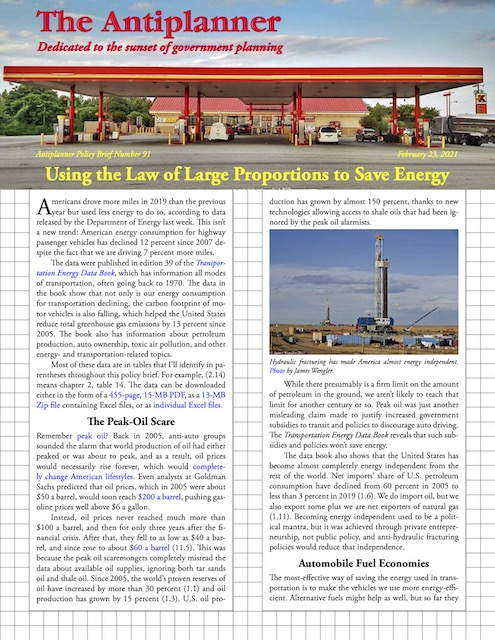 Click image to download a four-page PDF of this policy brief.
Click image to download a four-page PDF of this policy brief.
The data were published in edition 39 of the Transportation Energy Data Book, which has information all modes of transportation, often going back to 1970. The data in the book show that not only is our energy consumption for transportation declining, the carbon footprint of motor vehicles is also falling, which helped the United States reduce total greenhouse gas emissions by 13 percent since 2005. The book also has information about petroleum production around the world, auto ownership for many other countries, toxic air pollution, and other energy- and transportation-related topics. Continue reading

